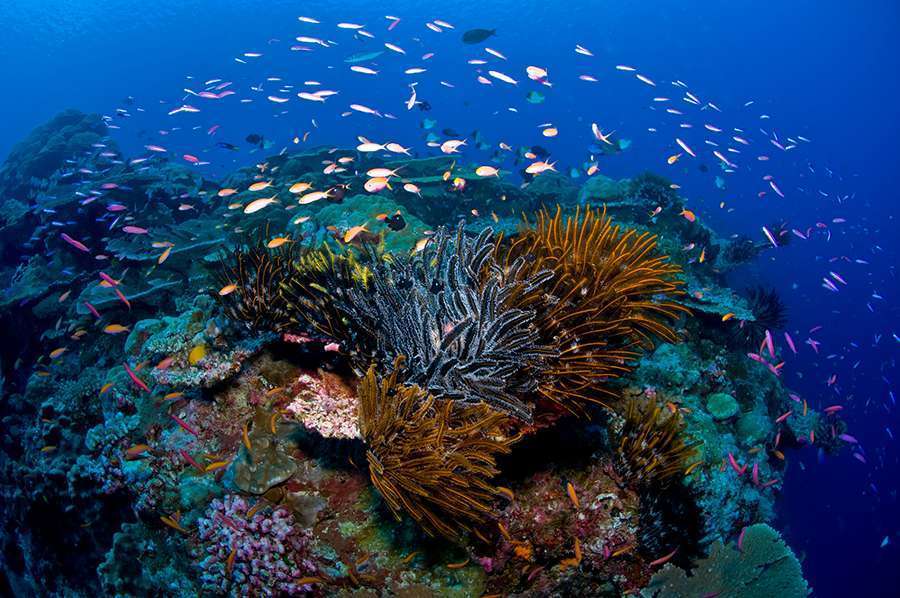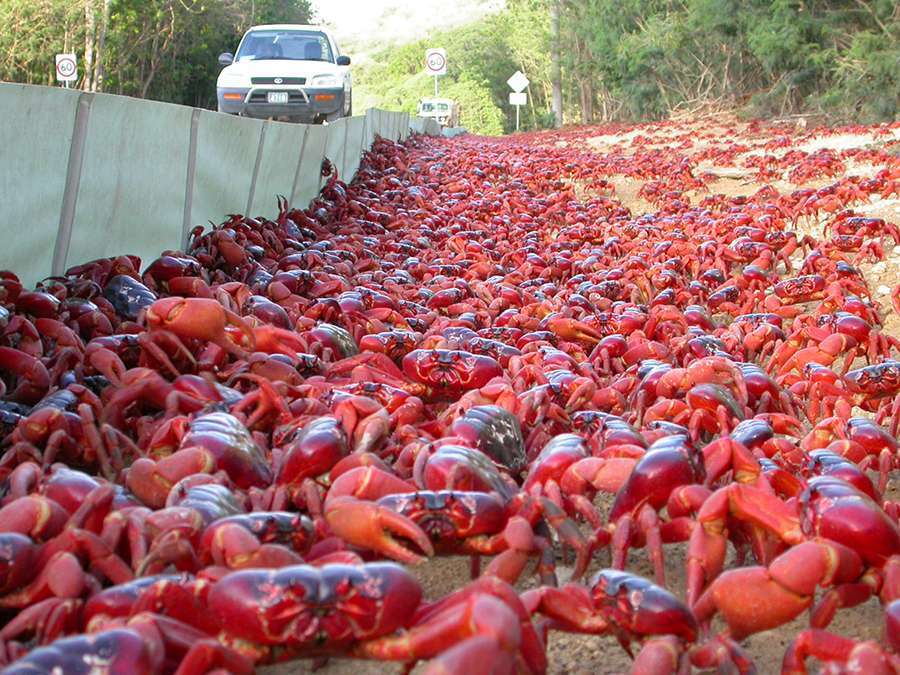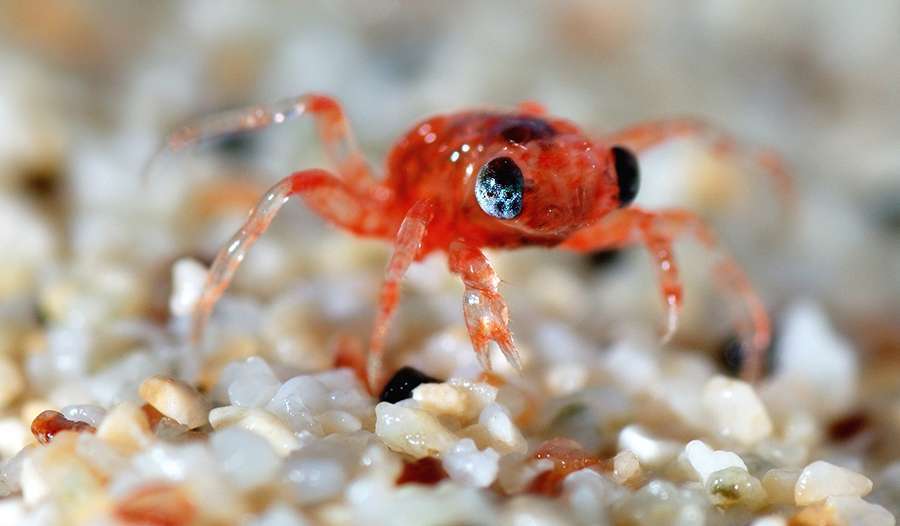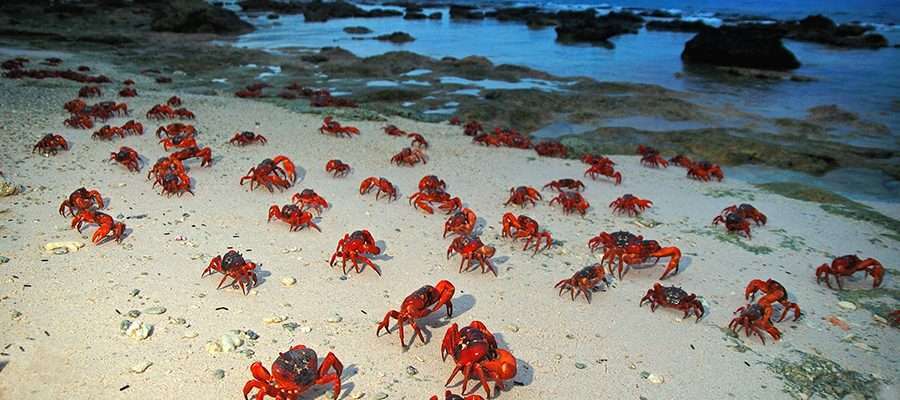Nestled in the Indian Ocean lies an island full of natural and amazing wonders – often referred to as ‘the Galapagos of the Indian Ocean’.
Christmas Island is an Australian external territory, although it lies only 350km south of Java, Indonesia. The island is home to breathtaking rainforests and a unique range of wildlife species. More than half of the island is national park (making it a birdwatcher’s dream) and it is surrounded by a narrow tropical reef, filled with untouched coral and marine life just waiting to be discovered.
Opportunities to explore the natural wonder are endless, with activities like scuba diving, snorkelling, fishing, bird-watching and guided tours all on offer. Christmas Island is a truly unusual and remarkable travel experience.

Image courtesy of Mathieu Meur, Christmas Island Tourism
One of the most intriguing attractions to witness is the annual Red Crab migration, it is estimated that around 40-50 million of these bright red land crabs live all over the island. Every year most of the adult Red Crabs will migrate from the forest to the coast to breed and release eggs into the sea. This spectacle usually commences around October/ November at the beginning of the wet season, but this can vary each year depending on the phase of the moon and the amount of rainfall.
This video by Australian Geographic shows just how amazing it is to see these millions of crabs crossing the island towards the coast.
This spectacle is truly a wildlife phenomenon worth seeing. Sir David Attenborough himself rated it as one of his top ten wildlife experiences after he visited and witnessed the migration in the 90s. The migration is that important that Christmas Island enforce road closures during the migration and have made it illegal for people to run over the crabs.

Image courtesy of Max Orchard, Christmas Island Tourism
To put the magnitude of this event into perspective, a single female Red Crab can lay up to 100,000 eggs! The eggs are spawned into the ocean and from here, over a period of about 4 weeks, the larvae become tiny 5mm crabs. These crabs emerge from the ocean and begin their march inland but are rarely seen because of how tiny they are. Most years, very few or no baby crabs emerge from the sea. However, occasionally there will be a very successful year and this will be enough to maintain the large Red Crab population.

Image courtesy of Justin Gilligan, Christmas Island Tourism
If you’d like to experience this amazing wildlife phenomenon, contact us and let us help you put together a Christmas Island holiday package.
More information about Christmas Island and the Red Crab Migration can be found on the Christmas Island Tourism Association website.
Feature Image courtesy of Justin Gilligan (Christmas Island Tourism)






